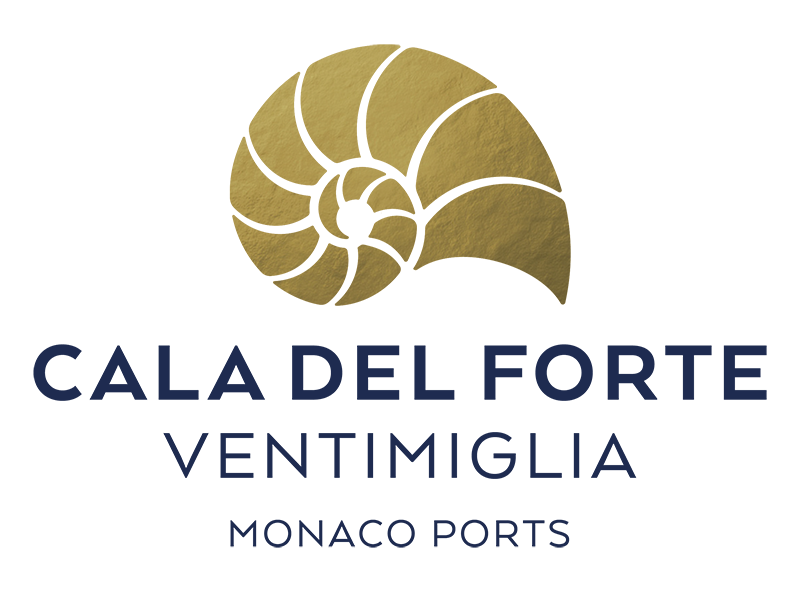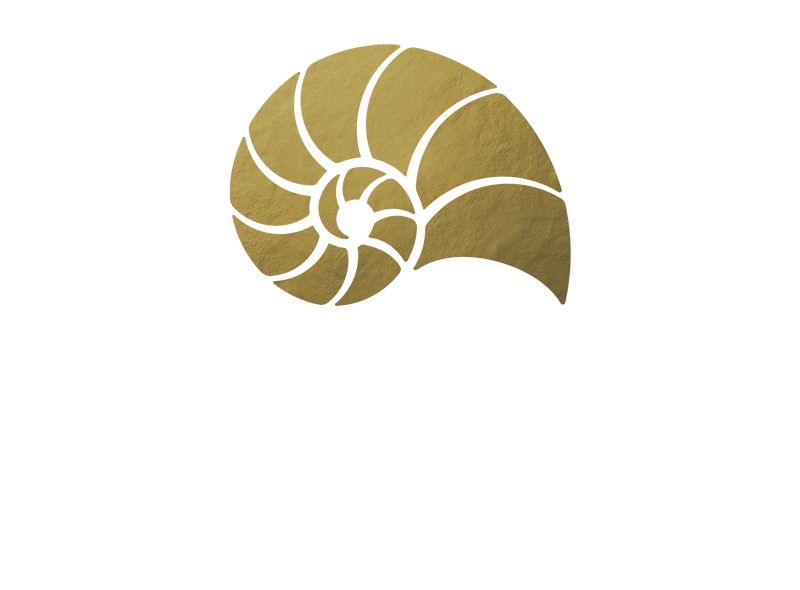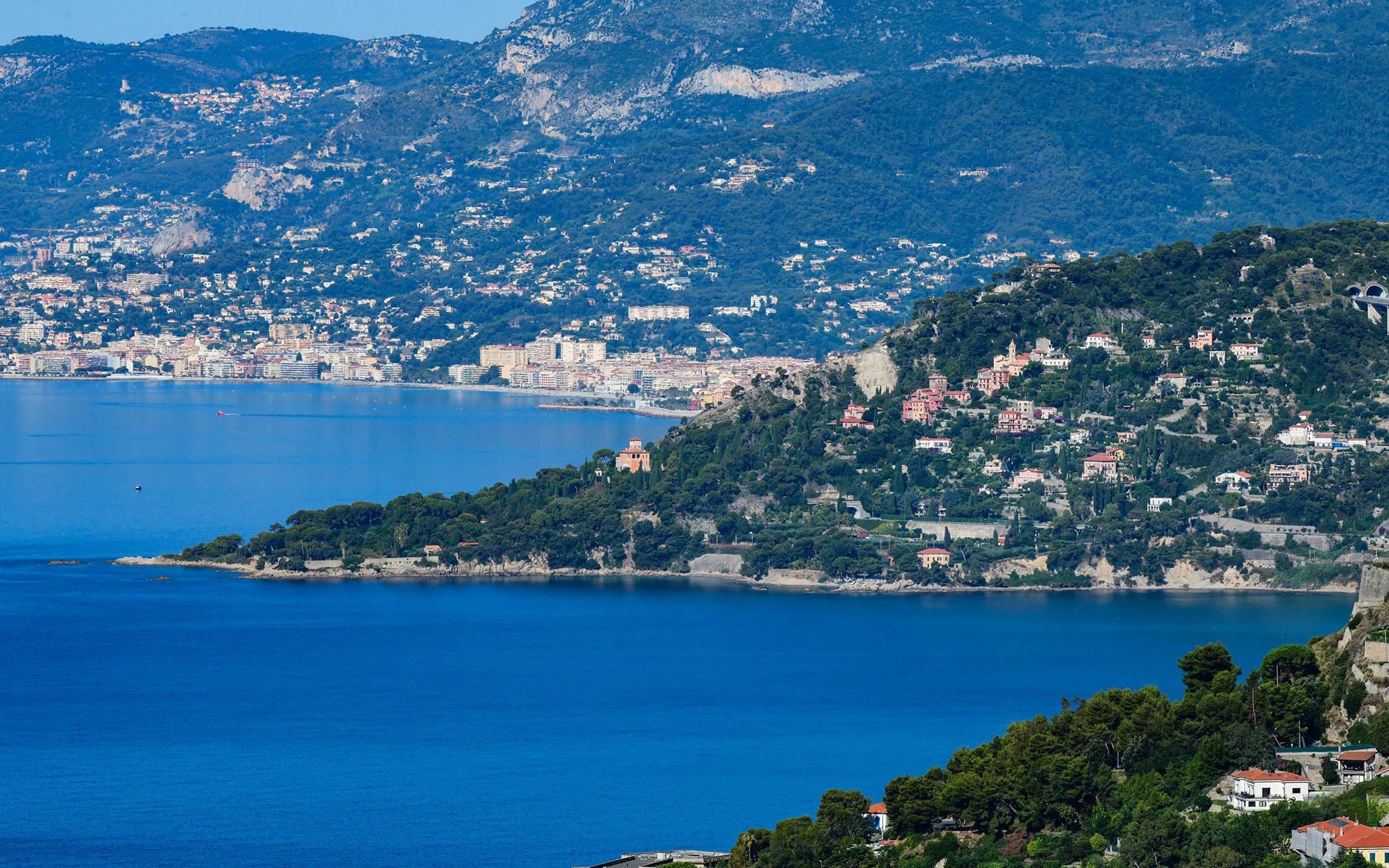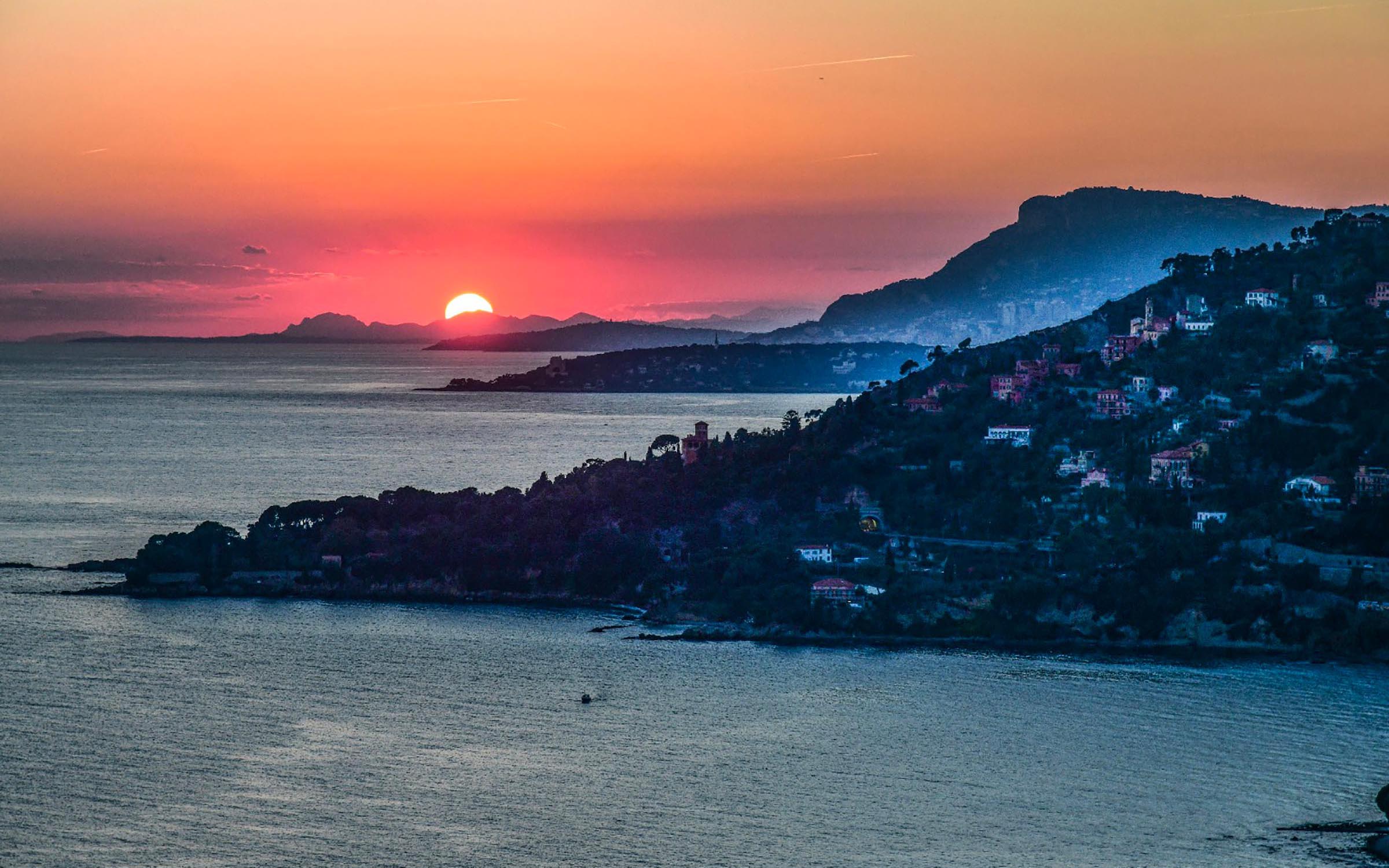Capo Mortola
marine protected area
Overview
The Hanbury Botanical Gardens were first purchased by the State between 1960 and 1961 from the heirs of Sir Thomas Hanbury, who, along with his brother Daniel, was responsible for the Gardens’ creation, an endeavour that began back in 1867. Following an initial phase in which they were entrusted to the International Institute of Ligurian Studies, for the past thirty years the Gardens have been administered by the University of Genoa, which since 1999 has operated via a free and permanent public concession dedicated to institutional purposes (Ministry of Finance Decree n. 74907 of 14/4/1999).
The Regional Protected Area
Regional Law n. 31, issued on 27th March 2000, established the Hanbury Botanical Gardens as a Regional Protected Area, comprising a land section of approximately 19 hectares and a marine section. On 1st August 2001, an agreement was made between the Liguria Region and the University of Genoa with regards to the Protected Area’s administration.
The university uses its own dedicated “Giardini Botanici Hanbury” service centre for administrating the area, which has its own technical and administrative staff, director and chairman, as well as a council comprising a chairman, director and staff representative, lecturers in botany, economics, architecture and geology. This council operates with deliberative and operational functions.
As for its status as a Regional Protected Area, a Coordination Committee was established, whose members are the University, the MIBAC Superintendency, the Province of Imperia, the Municipality of Ventimiglia and the “Riviera dei Fiori” Local Tourist System; when it comes to issues concerning the marine section, the Committee is supplemented by representatives of the competent public Authorities and two experts in marine environmental protection, appointed by the Region and the University respectively. This Committee operates with consultative and propositional functions.
Finally, as the complex is listed for its architectural, landscape and archaeological heritage, the public concession provides for a technical committee with advisory functions, comprising the Superintendencies of Architectural and Landscape Heritage, Historical Artistic Heritage and Archaeological Heritage, and the University.
The Capo Mortola Marine Protected Area
The marine section of the protected area, referred to as the Capo Mortola Marine Protection Area, was approved by the Regional Council on 28th September 2018.
The Capo Mortola Marine Conservation Area’s key objectives:
- to protect the stretch of sea facing the Hanbury Botanical Gardens from a biological and geological standpoint, favouring the conservation of all species, ecosystems and mineral formations present therein;
- to encourage, promote and develop research activities and the use of the stretch of sea facing the Hanbury Botanical Gardens for scientific, cultural, social, educational and recreational purposes, while also taking into account the activities traditionally carried out in the area.
Perimeter
The Marine Conversation Area is for all intents and purposes an integral part of the Regional Protected Area known as the “Hanbury Botanical Gardens”, the administration of which is entrusted to the University of Genoa – hereinafter referred to as the Managing Authority – in accordance with art. 1, paragraph 2 and art. 3 of Regional Law n. 31 issued on 27th March 2000.
The boundaries of the Marine Conservation Area are defined by the following coordinates (WGS 84 datum)
Latitude Longitude
Point A 43° 47’ 02,4’’ N 007° 32’ 00,0’’ E
Point B 43° 46’ 19,1’’ N 007° 32’ 00,0’’ E
Point C 43° 46’ 00.0’’ N 007° 34’ 00,0’’ E
Point D 43° 47’ 23,7’’ N 007° 34’ 00,0’’ E
The seabed at the base of the Capo Mortola Marine Conservation Area is characterised by the presence of a vast field of Neptune grass (Posidonia oceanica), a European priority habitat, and a highly diversified coralligenous population, which provides shelter to a vast number of animal and plant species, including vertebrates and invertebrates protected by European regulations for their high naturalistic value or whose extraction is legally regulated. In view of their significant biological diversity and meaningful aesthetic and landscape-defining value, such populations inevitably require special forms of protection and study.
The objectives of the local conservation plan are:
- The preservation of the area’s nature and biological diversity
- The protection of rare or threatened habitats and species, particularly those listed in Appendices II and III of the Protocol on Specially Protected Areas and Biodiversity in the Mediterranean (SPAIM – Barcelona Convention 1995) and in Appendices 1, 2 and 3 of the Bern Convention; and in Appendices 1, 2, 4 and 5 of the European HABITAT Directive, 43 of 1992
- The protection of endemic or rare plant and animal populations.
- The promotion and communication of knowledge regarding the ecology and biology of the environments and marine organisms present, including the environmental peculiarities of the area.
The main actions included in the conservation plan are as follows:
- Monitoring the areas of greatest environmental vulnerability in order to assess the effects of the conservation plan.
- Contributing to the creation of an information centre for the promotion of the marine environment and its importance.
- Implementing studies and scientific research programmes in the field of ecology, marine biology and marine environmental sciences in order to ensure the creation and dissemination of systematic knowledge of the area along with continuous monitoring of the marine resources present.
- Interventions aimed at the protection of habitats and species.
- Guided educational visits with limited impact.
The main restrictions within the Conservation Area are as follows:
- Prohibition of access to naval units with an overall length of over 24 m, at a distance of less than 500 m from the coast;
- Prohibition of sailing at speeds over 6 knots up to a distance of 500 m from the coast and at speeds of over 10 knots between 500 and 1,000 m from the coast;
- Prohibition of removing, even partially, and damaging organisms, geological and mineral formations, and palaeontological and archaeological finds (exceptions may be authorised);
- Prohibition of spilling pollutants;
- Prohibition of fishing competitions of any kind;
- Prohibition of anchoring for boats over 5 m in length in the seabed where Posidonia oceanica fields are present (boats may be anchored in areas without Posidonia oceanica or at regulated mooring buoys as provided and arranged by the Managing Authority);
- Diving with auxiliary breathing apparatus is permitted only from dawn to dusk with prior authorisation for individuals or groups (night dives may be permitted following specific authorisation);
- Regulated mooring for boats supporting diving activities;
- Small-scale professional fishing is strictly reserved for residents unless authorised by the Managing Authority in accordance with specific regulations, after consulting the category organisations; this may be carried out only with selected gear that does not damage the seabed and traditionally eco-friendly methods
- Recreational fishing is subject to authorisation in accordance with specific regulations; tack used by non-residents must respect the following limitations: only trolling, bolentino, fishing lines and rods, with a maximum of 2 gears per person and in any case no more than 3 gears per boat; for residents: longlines, with a number of hooks not exceeding 100 per boat; prohibition of fishing with vertical jigging and similar techniques and gears; fishers may be required to fill out statistical data sheets regarding their catch
- Prohibition of underwater fishing;
- Sampling of water, organisms and minerals are permitted solely for research purposes and only when explicitly authorised by the Managing Authority, without prejudice to institutional controls on bathing water quality;
- Prohibition of competitive sports activities involving the pre-eminent use of motor vehicles; other competitive events are permitted only if authorised by the Managing Authority.
Moreover, the Marine Protection Area includes a section of the SCI IT1316175 “Fondali di Capo Mortola e San Gaetano” and is adjacent to the SCI IT1316118 “Capo Mortola” in which specific conservation rules are already in force for habitats and species protected under the European Directive 92/43 “Habitat”, as also set out by a number of Ligurian Regional Council resolutions.
The beauty of the marine environment
The Capo Mortola Marine Conservation Area is a member of the Liguria Marine Protected Areas network and is the subject of two monitoring activities that took place in 2010 and which are in part still ongoing. One is dedicated to monitoring the impact of boating activities, particularly the anchoring of boats of different sizes in the relevant stretch of water. The other is aimed at assessing the reservoir effect on fish fauna; this study highlighted the importance of shoals and the seabed as a whole for marine biodiversity. There is a considerable variety of infralittoral habitats, including those typical of a rocky seabed covered with macroalgae (coralligenous) and fields of Posidonia oceanica, suitable as nurseries for numerous coastal fish species. In the ‘Secca del Pertuso’, one of the most representative shoals in the area, large and numerous specimens of species such as the dentex (Dentex dentex), three bream species (Diplodus puntazzo, D. sargus and D. vulgaris) and the brown grouper (Epinephelus marginatus) have been recorded. In addition to bream, damselfish, anthias, salps, giltheads, snappers, amberjacks, moonfish, conger eels, moray eels, scorpion fish and anglerfish are fairly frequent; rarer are the St. Peter fish (Zeus faber) and the leopard goby (Thorogobius macrolepis). The area’s vast shoals, which rise up like mountains and are rich in biodiversity, represent sites of considerable importance for the breeding of commercial species relevant to professional and sport fishing outside the Marine Conservation Area and excellent attractions for underwater tourism. Of particular note is the presence of the yellowmouth barracuda (Sphyraena viridensis), now common in many parts throughout the Mediterranean. It is also quite easy to observe a variety of nudibranch species of all colours standing out brightly, including Glossodoris elegans, Hypselodoris tricolor and Umbraculum mediterraneum. Also visible are actinias (Alicia mirabilis), octopuses, spider crabs (Dromia personata), urchins, and lobsters. The rocky substrata of the shoals are covered with large sponges, false black corals (Savalia savaglia), spirographs, red gorgonians and expanses of sea daisies (Parazoanthus axinellae). A species protected by EU regulations that was primarily found in the Posidonia fields is the large bivalve Pinna nobilis. This is currently the subject of an international repopulation project, which became necessary due to the death caused by a protozoan and which affected the entire Mediterranean Sea. On the seabed of Capo Mortola, there is also a karstic freshwater spring, known as the ‘Polla di Rovereto’ (dedicated to the geologist Gaetano Rovereto) and, locally, by the name ‘Funtana sutumarina’ (‘Underwater fountain’), which gushes out at a depth of 36 m from a fissure in an underwater cave. In 2003, this spring, listed among the most important Geotopes in the Province of Imperia, was harnessed and now gushes just below the surface from a metal ‘hourglass’, with a flow rate of 100 litres per second at 10 °C. There is also a Gazelle helicopter wreck lying among the gorgonian coral. Just outside the Marine Conservation Area, at a depth of 53 m, lies the wreck of a yacht that sank in a fire in the 1970s, entirely colonised by countless jewel anemones (Cornyactis viridis).
Finally, among the many stunning elements of interest in the stretch to the far west, one can find underwater archaeological finds dating back to Roman times and, on the shore just west of Capo Mortola, the Balzi Rossi prehistoric site with an adjoining museum, founded by the same Thomas Hanbury who created the Hanbury Botanical Gardens.
The exceptional richness of species and biocoenosis, confirmed also by the outcome of the studies and censuses mentioned above (which can be found in part on the REMARE and GBH websites), once again highlights the importance of the stretch of sea in front of the Hanbury Botanical Gardens. Damaging behaviour carried out against the preservation of the marine environment has been observed on several occasions (jet-ski races, night-time underwater fishing with breathing apparatus and lighting gear, etc.), however, unfortunately, such behaviour is difficult to prosecute at present.
Current opportunities and the near future
At present, the best way to visit the Capo Mortola Marine Conversation Area is to contact the company Pianeta Blu and organise one of the following marine activities: take a simple trip on the Dyrius boat, choose to participate in a dive from among several recommended diving centres (including night dives) or take part in one of the various diving courses on offer (initial diving courses, nitrox, instructor courses, video diving, tech diving, etc.).
Luigi Minuto – President of the Hanbury Botanical Gardens
Contact us
Administrator
Area Protetta Regionale Giardini Botanici Hanbury Corso Montecarlo 43
18039 Ventimiglia (IM)
tel. (+39) 0184 22661
fax (+39) 0184 226632
Director: Prof. Mauro Mariotti
Information for booking services and on-land visits
Cooperativa OMNIA
Tel./fax: (+39) 0184 229507
email: info@cooperativa-omnia.com
Marine activities
Pianeta Blu Diving Center
cell. (+39) 335 8155703 – (+39) 347 1012896
skype: pianetablu
email: pianetablu@pianetablu.com
Website: http://www.pianetablu.com





